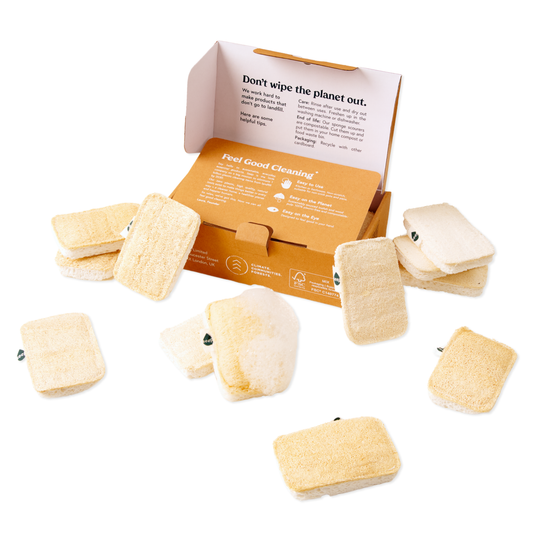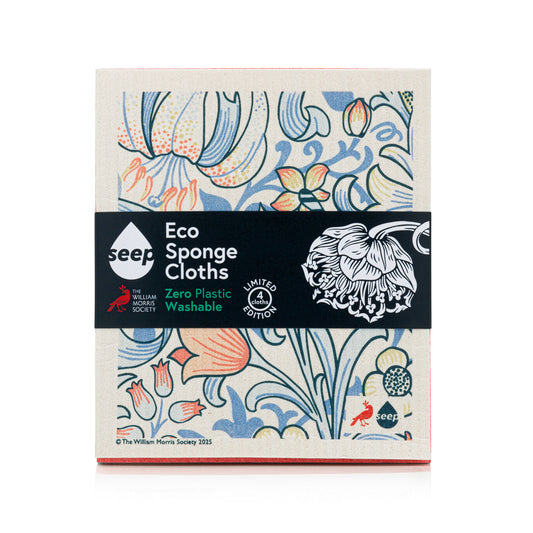
It's moth season.
There are a few types of moths, but the ones we should worry about are clothes moths (Tineola bisselliella) and pantry moths (Indianmeal moth). These particular moths love to eat your clothes and food and lay eggs on them 🤢
But there's one simple, natural and non-toxic way to repel them: bay leaves.
Bay leaves contain essential oils, such as eucalyptol, which has insect-repelling properties. The strong bitter aroma of bay leaves is often effective in deterring various insects, including moths, flies and roaches. This can potentially stop moths from coming near your food and clothing, which in its turn prevents contamination and damage from moth larvae.
How do you repel moths?
-
Use the right bay leaves
Ensure that the bay leaves used are aromatic and still retain their fragrance. Crush them slightly to release more of the oils.
-
Tuck in clothing storage
Spread a few bay leaves among your garments, inside closets and drawers, particularly close to wool, fur, silk, feathers, felt and leather items.
-
Place in pantries
Spread a few bay leaves inside your kitchen cabinets, particularly where you store flours, pasta, cereals, grains, bread, spices and other dried, processed foods. Using airtight containers is strongly recommended.
-
Monitor cleanliness
Keep your storage areas clean and well-organised and regularly inspect items for signs of moths.
-
Replace when needed
The potency of the scent diminishes over time, so you may need to replace the bay leaves periodically, especially if you notice moth activity returning.
-
Reinforce effectiveness
Combine bay leaves with other natural repellents, like cedar chips or lavender sachets, for enhanced moth prevention.
Do note that bay leaves may not completely eliminate a moth problem on their own. Results depend on the severity of the moth infestation and environmental factors. For severe infestations, consider consulting with pest control professionals for more comprehensive solutions.






